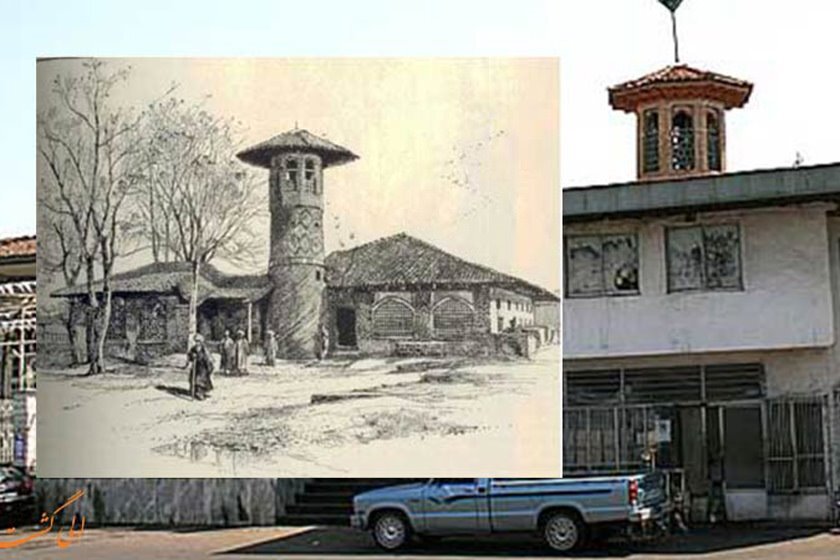Mosque in Rasht reopens doors to public following full restoration

TEHRAN – On Friday, the head of Iran’s Planning and Budget Organization (PBO) Mohammad-Baqer Nobakht unveiled the fully-restored Safi Mosque, which is located in Rasht, the capital of Gilan province.
During the restoration project, which lasted two years, worn-out bricks were replaced, the walls were strengthened, and the flooring was repaired, IRNA reported.
In June 2020, some historical objects and many ancient glazed tiles were discovered while the team of restorers was digging into the mihrab of the centuries-old congregational mosque.
Mihrab is a semicircular niche in the wall of a mosque that points out the qibla, the direction of the Kaaba in Mecca, and hence the direction that Muslims should face when praying.
According to the evidence, the historical objects discovered from the Safi Mosque belong to the Ilkanind and Timurid periods.
Archaeological evidence such as pottery pieces, interior ornamentations, and tiles suggest that the mosque was operational in time between the 8th to 10th centuries AH.
Safi Mosque, also known as Sefid and Shahidiyeh Mosque, which is widely considered as the oldest standing monument in Rasht, was reportedly established before Shah Ismail, the Safavid monarch, assumed power (in 1501).
Generally, a mosque differs from a church in many respects. Ceremonies and services connected with marriages and births are not usually performed in mosques, and the rites that are an important and integral function of many churches, such as confession, penitence, and confirmation, do not exist there. Prayer is performed by bows and prostrations, with no chairs or seats of any kind. Men stand in rows, barefooted, behind the imam and follow his movements.
Rich and poor, prominent and ordinary people, all stand and bow together in the same rows. Women may participate in the prayers, but they must occupy a separate space or chamber in the mosque. No statues, ritual objects, or pictures are used in mosques; the only decorations permitted are inscriptions of Quranic verses and the names of the Prophet Muhammad (PBUH) and his companions.
Sophisticated Rasht, capital of Gilan province, has long been a weekend escape for residents of Tehran who are looking to sample the famous local cuisine and hoping for some pluvial action – it's the largest, and wettest town in the northern region. Gilan is divided into a coastal plain including the large delta of Sefid Rud and adjacent parts of the Alborz mountain range.
Bounded by the Caspian Sea and the Republic of Azerbaijan on the north, Gilan, in the far past, was within the sphere of influence of the successive Achaemenid, Seleucid, Parthian, and Sassanid empires that ruled Iran until the 7th century CE.
ABU/AFM
